
[ad_1]
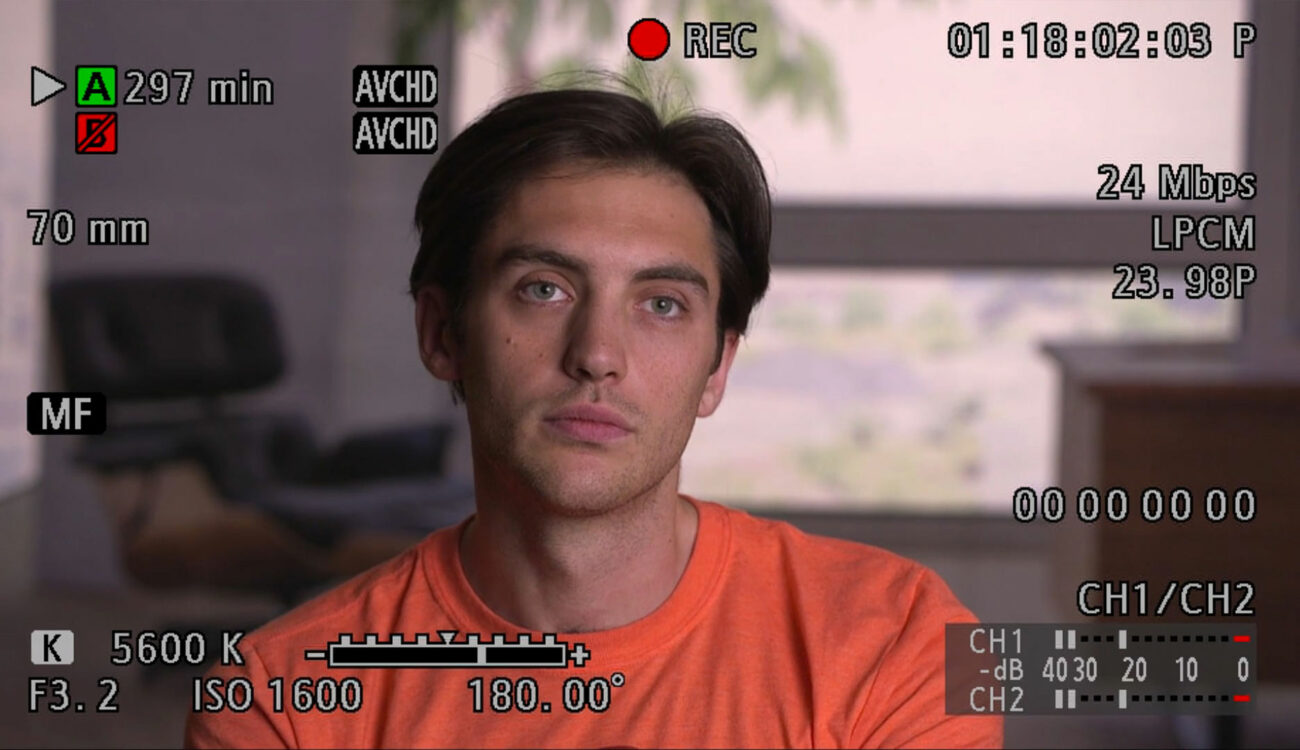
Here’s a question that can divide a room of filmmakers quicker than cameras. When you’re shooting a short documentary video around a subject, do you prefer to film the interviews first, before deciding what to shoot for B-roll? Or do you shoot B-roll first, and then base your interview around what you have in the can?
It’s a very important distinction that can steer your video story in two completely different directions, even if the goal is the same, which is to make a portrait video of a person.
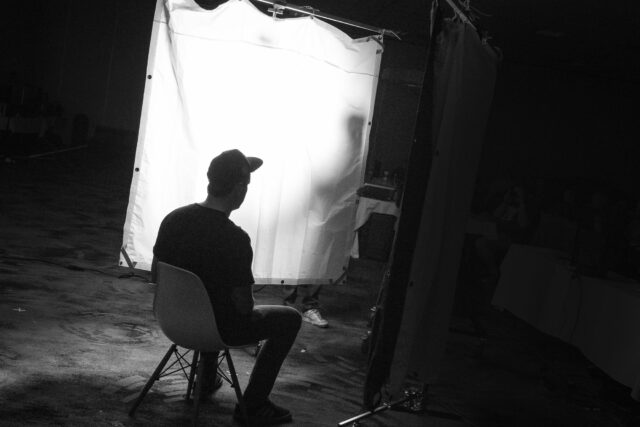
Choosing to interview first can help you produce a more rich and compelling story, but it could take more days to achieve, as you don’t really know what you’re supposed to be shooting until after the interview.
Choosing to interview at the end of a shoot helps you plan your production based on what is achievable with the time and budget you have, which is a very practical approach to video production. But it can also mean missing out on a much more compelling story than you originally envisioned.
Let’s dive into this discussion, and weigh the pros and cons so you can decide for yourself what strategy you prefer for your own projects.
Filming interviews first, B-roll second
Here’s an argument for why you should interview first. Even if you make one or several pre-production calls with your subject, ahead of the shoot, the interview can reveal so much more about them. If you’ve ever conducted a documentary interview before, you know how intimate and emotional it can get.
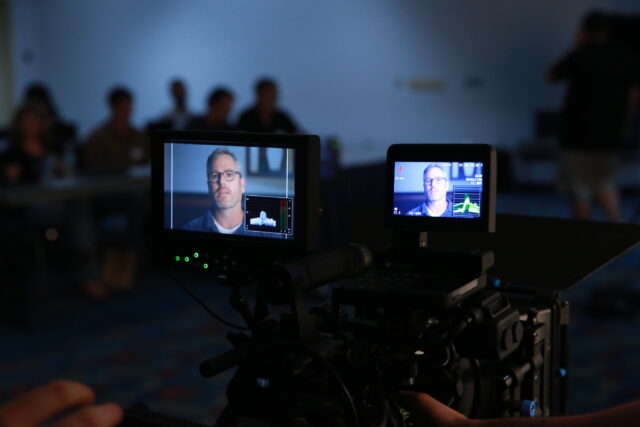
They say documentary filmmakers and doctors get more insight into people than just about anyone else. Imagine a dark room, with a few bright lights shining toward you, you can’t really see the camera or the operator. You hear a question, like “what are your fears?” And suddenly you find yourself thinking out loud, almost like you’re talking to yourself, discussing parts of your life that you maybe weren’t planning on talking about.
A few years ago I shot a short documentary about an animal rescuer. The scheduled half-day shoot went swimmingly, with up-close footage of amazing animals. It was a great video, but it could have been so much more.
During the interview I found out some tragic details about the subject’s history, and what pushed him to do what he does. It was a story that hadn’t been told before, and it could have been a tremendous, cathartic opportunity for them, in the form of a short film.
But all the shots had been completed, and the interview was the last part of the scheduled day, so there was absolutely no time to explore this topic further, nor capture any relevant B-roll. It was a different story altogether, and there was simply no room for it now.
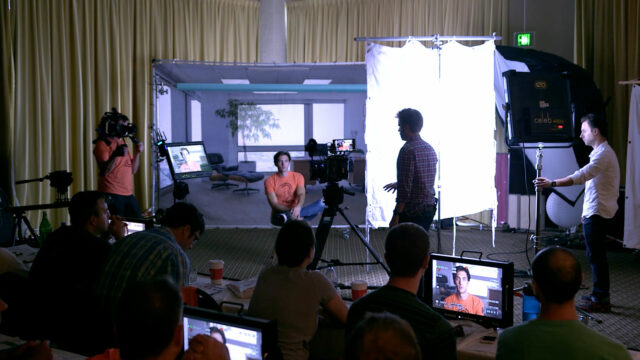
If you explore a subject’s deep reserves first, you open up the story to wherever it goes. You may think the story is about one thing, but it turns out, you were wrong and it turns out to be a completely different story. How can you really know what a story is beforehand, even if it’s only a short profile of one person?
Traditionally, a documentary story unravels itself over the course of filming. Whether it’s days, weeks, or months, you follow a subject or several subjects, hope to catch them in states of conflict and resolution, and then put together the best story you can in post-production.
With a short profile of a subject, you might only get a couple of days to shoot them, but you still give yourself a lot more space for the story to reveal itself if you interview first. Then you can plan out your B-roll shoot in a way that enhances the story told in the interview.
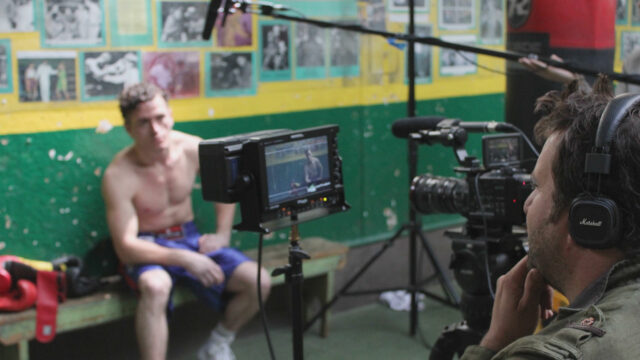
Shooting B-roll first, interviews last
Now, while the interview-first strategy is certainly an ideal production timeline, it’s not very practical. For most paid gigs, you simply can’t show up to an interview without a clearly defined production schedule. If you don’t know what you’re going to shoot, how long it’ll take, how far you have to travel to capture the shots, and even what the story is about… no client in the world would agree to those terms.
So here’s the argument for filming the interview last. If you’re producing a documentary, no matter how it’s funded, you probably have a lot of leeway for your production schedule. But if you’re shooting a documentary-style promo video, corporate profile, or even a docuseries where you have a set production schedule, you can’t leave anything to chance.
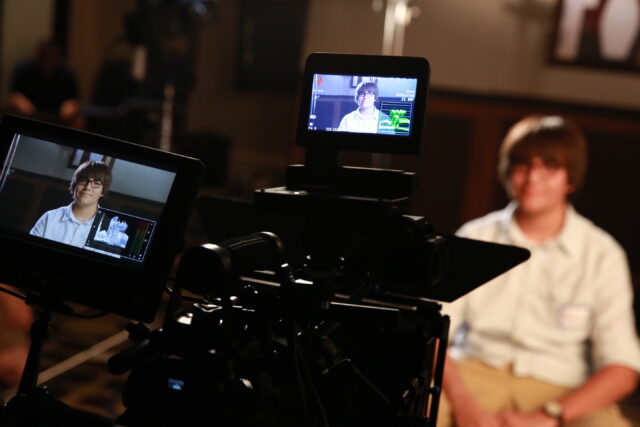
Planning a day of shooting usually means figuring out what you can shoot that’s visually interesting in a short amount of time. Factor in several scenes, along with travel between locations, and limited daylight hours. And often, it’s unlikely you’ll be shooting when there happens to be a very important event or turning point for the subject, so you have to carefully choose scenes that could visually stand-in for the scenes you weren’t able to film.
When it comes time for the interview, you can write questions that are centered around the scenes you’ve already shot, and even other people who appeared in the production. There’s no point in asking about events or people in the interview if you don’t have coverage, and no one wants to sit through a dozen interview jump cuts because you don’t have relevant footage to layover.
Most importantly with the short production day, and all its limitations, you end up making the best film you can with what you’re given. And that usually means the interview centers around more general “why” questions about achievement, failure, relationships, passions, goals, and so on. Those kinds of questions often lead to better stories than “what” questions that describe in too much detail what the subject is doing rather than why it’s significant.
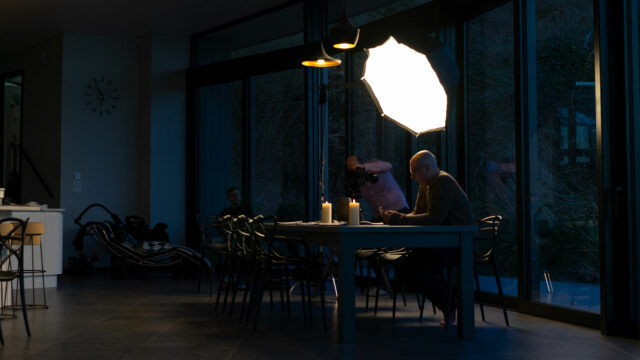
Finally, interviewing at the end of the day is simply a logical bookend to an intense day of shooting. It’s a time when the subject can relax and be fully introspective. And after you’ve spent a whole day with the subject, you’ve built a trusting relationship with them that allows you to ask the hard questions. Sometimes that leads to emotional moments during the interview, which can be physically draining.
So when the interview is over, it’s a natural place to wrap the production, thank your subject, and pack it up for the day. Maybe there are other scenes you wish you could have secured, or questions you could have asked better, but in this model of shoot first and interview last, you’ve created a good experience for your subject. And leaving everyone feeling good about what they’ve done is just as important to your client, as it is coming away with a good video story.
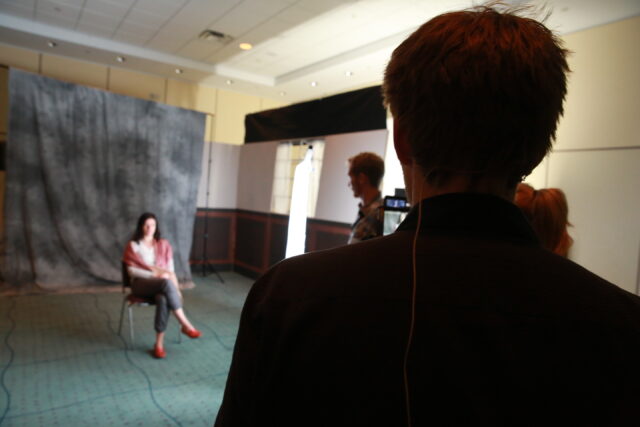
MZed Pro
Want to learn more about interview strategy and planning, pre-producing a shoot day, and lighting and directing interviews?
As an MZed Pro member, you get access to nearly 300 hours of filmmaking education, plus we’re constantly adding more courses. For just $30/month (billed annually at $349), here’s everything you’ll get:
- 42 courses, over 500 high quality lessons spanning nearly 300 hours of learning.
- Highly produced courses from educators who have decades of experience and awards, including a Pulitzer Prize and an Academy Award.
- Exclusive access to ARRI Academy online courses.
- Unlimited access to stream all the content during the 12 months.
- Offline download and viewing with the MZed iOS app.
- The majority of MZed courses provide an industry-recognized certificate upon completion.
- Purchasing the courses outright would cost over $9,800.
- Course topics include cinematography, directing, lighting, cameras and lenses, producing, indie filmmaking, writing, editing, color grading, audio, and even how to launch a YouTube channel.
- 7-day money back guarantee if you decide it’s not for you.
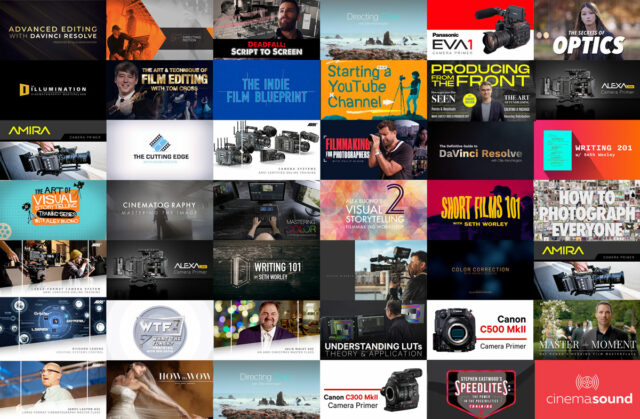
Join MZed Pro now to get started!
Full disclosure: MZed is owned by CineD
Do you prefer to film the interview at the beginning or end of the B-roll shooting? Add your comment below!
[ad_2]






